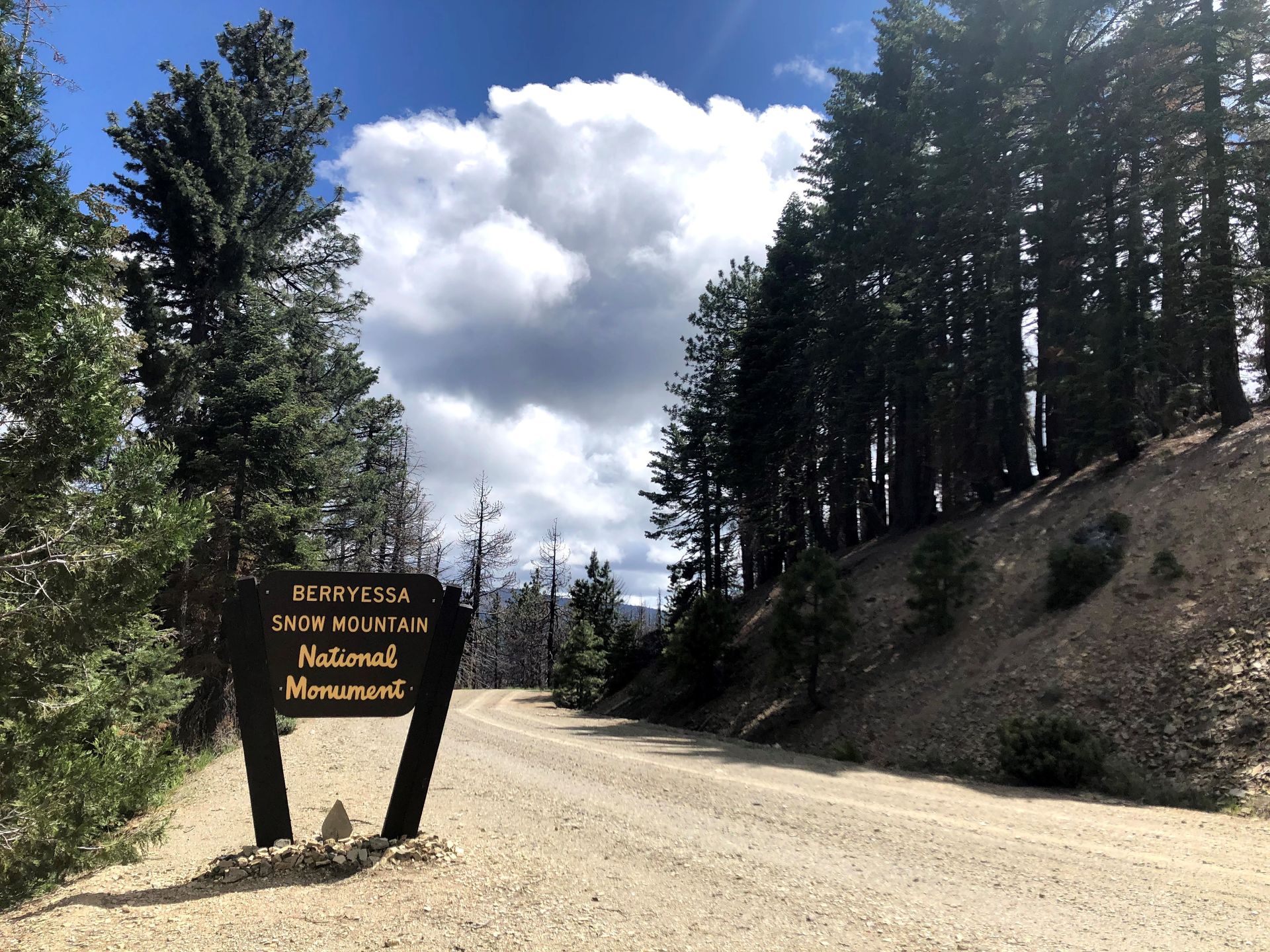Monumental Questions - The Antiquities Act and Berryessa Snow Mountain National Monument

President Theodore Roosevelt signed the Antiquities Act into law on June 8, 1906 cementing the public’s interest in protecting cultural artifacts and natural resources of historic or scientific interest (antiquities) on Federal lands. The purpose of the Antiquities Act was to preserve public natural areas as parks or conservation lands, prohibiting destruction of these sites. Over the past 116 years, the Act has been used over 150 times by presidents on both sides of the political line to establish new National Monuments and expand those previously designated. Teddy Roosevelt himself used the Antiquities Act 18 times but President Barack Obama holds the record with 26 new National Monuments established during his presidency.
The Berryessa Snow Mountain National Monument (Monument) was established by President Barack Obama on July 10, 2015 under the Antiquities Act. The Monument encompasses 330,780 acres and is jointly managed by both the U.S. Department of Interior’s Bureau of Land Management (133,576 acres) as well as the United States Forest Service, Mendocino National Forest (197,204 acres); each agency managing their designated acreage within the Monument boundaries. The Monument includes three wilderness areas (Snow Mountain, Cache Creek and Cedar Roughs), one Wild and Scenic River (Cache Creek) and five Areas of Critical Environmental Concern. Now, we look to the Berryessa Snow Mountain National Monument Expansion Act, H.R. 6366/S. 4080, that would add the Lake County portion of Walker Ridge, known as Condor Ridge or Molok Luyuk in Patwin, to the Berryessa Snow Mountain National Monument.
For the previous 11,000 years, the Berryessa Snow Mountain National Monument region has been home to many tribes including the Yuki, Nomlaki, Patwin, Pomo, Huchnom, Wappo, Lake Miwok, and Wintun, making the it one of the most linguistically and culturally diverse areas in California. The addition of Molok Luyuk/Walker Ridge/Condor Ridge to the Monument will ensure that federally recognized tribes can co-manage and steward the land with their federal partners. As part of H.R. 6366/S. 4080, Walker/Condor Ridge will be renamed Molok Luyuk which honors its cultural significance, just as the Antiquities Act was intended to do.
Often called a Biological Hot Spot because the elevation, topography and geology of the Berryessa Snow Mountain National Monument region vary so greatly and create many different habitat types. The Monument provides some of the most scenic and most biologically diverse landscapes in California including Blue Oak Woodland and chaparral in the lower elevations which transition into intermediate vegetation communities that includes mixed conifers. True fir, Jeffrey pines and incense cedar are found at higher elevations along with exposed unvegetated rock outcrops. The Snow Mountain area is known as one of the richest, most biologically diverse areas in California. The extraordinary geologic history of the area also plays an essential role in the unique array of plants. The serpentine soils found here have distinct chemical and physical properties and plants that grow there are highly adapted to this high iron, low organic content environment. Because serpentine soils are rare, so are the plants that are able to survive in them. Serpentine soils are not found in many places in the United States and California boasts having the majority of them. Many of the serpentine plant species are endemic, meaning they don’t occur anywhere else, and are listed as special-status species.
The Berryessa Snow Mountain Expansion Act would be the a very fitting 116th anniversary celebration for the Antiquities Act.
-Kristie Ehrhardt; kehrhardt@tuleyome.org
Tuleyome Land Conservation Program Manager
RECENT ARTICLES






